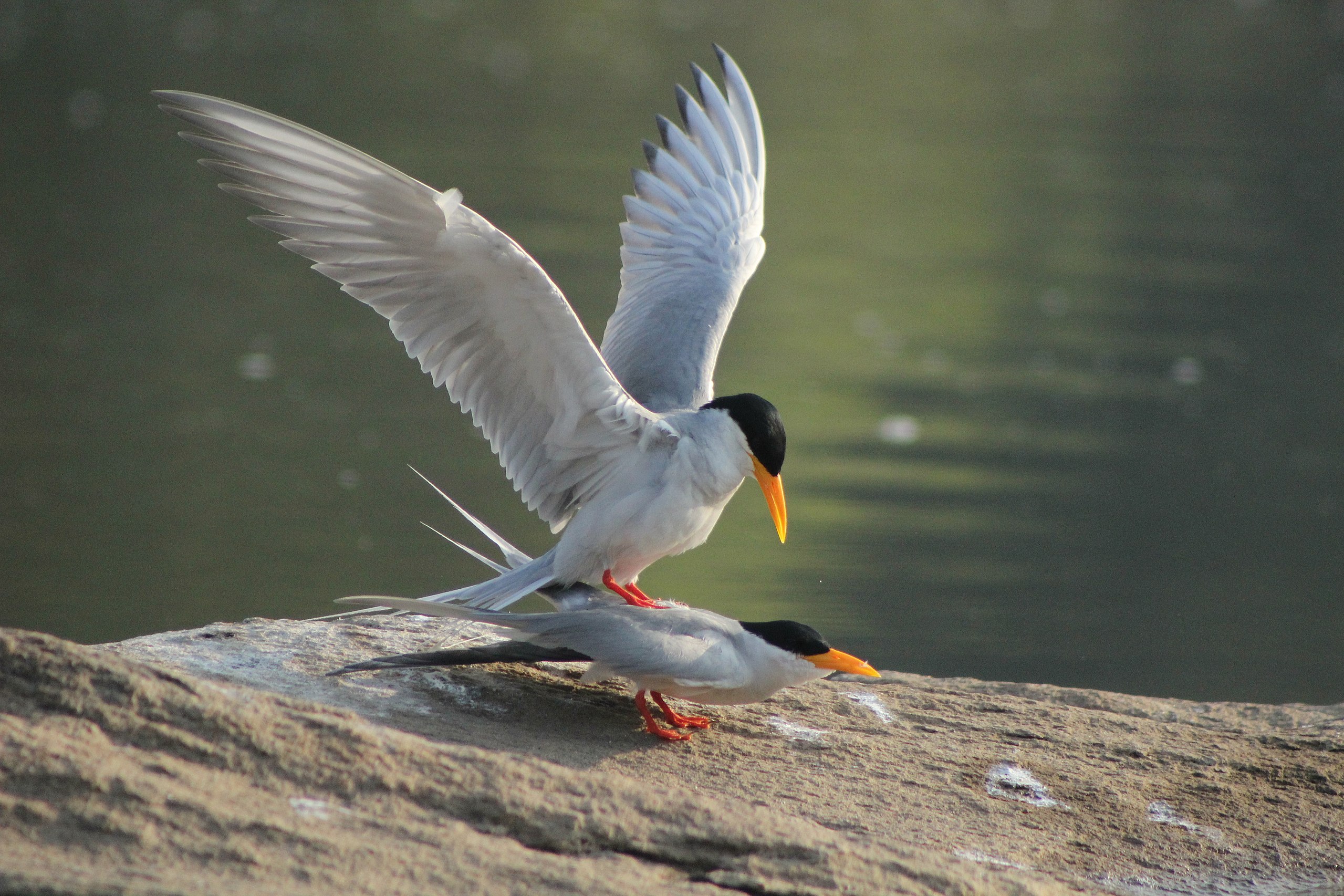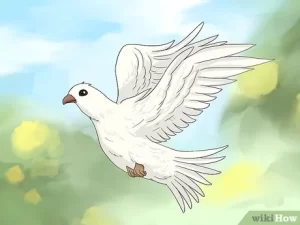
How Do Birds Have Sex?
Birds exhibit a variety of fascinating reproductive behaviors that differ significantly from those of mammals. Understanding how birds mate involves exploring their courtship rituals, mating processes, and the unique anatomical adaptations that facilitate reproduction. This article delves into the intricacies of avian reproduction, highlighting the differences between species, the role of courtship behaviors, and the biological significance of these processes.
Overview of Bird Reproduction
Bird reproduction is primarily sexual, involving the fusion of male and female gametes. Unlike mammals, birds possess a cloaca, a single opening that serves as the exit for the digestive, urinary, and reproductive systems. This anatomical feature influences their mating behavior and reproductive strategies.
Key Terms
- Cloaca: A common opening for the excretion of waste and reproduction in birds.
- Courtship: A series of behaviors aimed at attracting a mate.
- Copulation: The act of mating, where sperm is transferred from the male to the female.
Courtship Behaviors in Birds
Courtship behaviors are crucial for mate selection and reproductive success. These behaviors vary widely among bird species and can include visual displays, vocalizations, and physical interactions.
1. Visual Displays
Visual displays are a prominent aspect of bird courtship. Males often showcase their physical attributes to attract females. Common forms of visual displays include:
- Plumage Displays: Many male birds have bright, colorful feathers that they display during courtship. For example, peacocks fan out their tail feathers to impress peahens.
- Dancing: Some species, such as the blue-footed booby, perform elaborate dances to attract mates. These dances often involve high-stepping movements that highlight their physical fitness.
- Nest Building: Males may construct nests or elaborate structures to demonstrate their suitability as mates. Bowerbirds are particularly famous for their intricate bowers, which they decorate with various objects to attract females.
2. Vocalizations
Birdsong plays a vital role in courtship. Males often sing to attract females and establish territory. Key aspects include:
- Song Complexity: Females often prefer males with complex songs, as these can indicate genetic fitness and overall health. The nightingale, for example, is known for its melodious and intricate songs.
- Duets: In some species, both males and females participate in singing duets, strengthening their bond and coordinating breeding efforts.
3. Courtship Feeding
Courtship feeding is a behavior where males offer food to females as part of the mating ritual. This behavior serves multiple purposes:
- Nutritional Benefits: By providing food, males demonstrate their ability to care for future offspring.
- Bonding: Feeding can strengthen the pair bond between mates, increasing the likelihood of successful reproduction.
The Mating Process
The actual mating process in birds is relatively brief and occurs after successful courtship. Here’s how it typically unfolds:
- Approach: After a successful courtship, the male and female come together, often in a pre-selected location.
- Copulation: During copulation, the male mounts the female, aligning their cloacas. This alignment allows for the transfer of sperm from the male to the female.
- Sperm Storage: Female birds have the ability to store sperm for extended periods, allowing them to fertilize eggs at a later time. This adaptation is particularly advantageous in environments where mating opportunities may be limited.
- Egg Laying: After fertilization, the female lays eggs, which she will incubate until they hatch. The number of eggs varies by species, with some birds laying only a few and others laying dozens.
Unique Adaptations for Reproduction
Birds have evolved several unique adaptations to enhance their reproductive success:
- Cloacal Kiss: The mating process in birds is often referred to as a “cloacal kiss,” where the male and female press their cloacas together to transfer sperm.
- Seasonal Breeding: Most birds breed seasonally, typically in spring when environmental conditions are favorable for raising young. This timing aligns with increased food availability and optimal weather conditions.
- Parental Care: Many bird species exhibit high levels of parental care, with both males and females often participating in incubating eggs and feeding chicks.
Differences in Mating Strategies
Birds exhibit a variety of mating strategies, which can be broadly categorized into monogamy, polygamy, and polyandry:
- Monogamy: Many bird species are monogamous, forming long-term pair bonds. This strategy is common in species where both parents are needed to raise offspring successfully.
- Polygamy: In polygamous species, males may mate with multiple females, while females may choose to mate with several males. This strategy can increase genetic diversity among offspring.
- Polyandry: In some rare cases, females may mate with multiple males, which can lead to increased genetic variation and better survival rates for chicks.
Factors Influencing Mating Behavior
Several factors influence bird mating behavior, including:
- Environmental Conditions: Seasonal changes, food availability, and habitat quality can all impact mating opportunities and success.
- Social Structure: The social dynamics within a species, including competition among males and female choice, play a significant role in shaping mating behaviors.
- Genetic Factors: Genetic predispositions can influence courtship displays and mating success, leading to the evolution of specific traits favored by females.
Conclusion
Birds exhibit a rich tapestry of mating behaviors and reproductive strategies that reflect their evolutionary adaptations. From elaborate courtship rituals to unique anatomical features, these processes are vital for the survival and continuation of avian species. Understanding how birds mate not only enhances our appreciation of their biology but also underscores the importance of conserving their habitats and ensuring their reproductive success.
FAQ Section
How do birds mate?
Birds mate through a process called copulation, where the male and female align their cloacas to transfer sperm.
What is the cloaca?
The cloaca is a single opening found in birds that serves as the exit for the digestive, urinary, and reproductive systems.
What are courtship behaviors?
Courtship behaviors are a series of actions, such as singing, dancing, and displaying plumage, that birds use to attract mates.
Why do male birds sing?
Male birds sing to attract females and establish territory. Complex songs can indicate genetic fitness and health.
What is courtship feeding?
Courtship feeding is when a male bird offers food to a female as part of the mating ritual, demonstrating his ability to provide for future offspring.
How do female birds choose mates?
Females often choose mates based on courtship displays, song complexity, and other indicators of health and genetic fitness.
Do all birds mate for life?
Not all birds mate for life; some species are monogamous, while others exhibit polygamous or polyandrous mating strategies.
How do birds care for their young?
Many birds exhibit high levels of parental care, with both parents often participating in incubating eggs and feeding chicks.
What factors influence bird mating behavior?
Environmental conditions, social structure, and genetic factors all play a role in shaping bird mating behaviors.
Where can I find more information about bird mating behaviors?
For more detailed information, you can refer to the Wikipedia page on Bird Reproduction.


